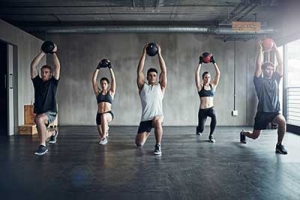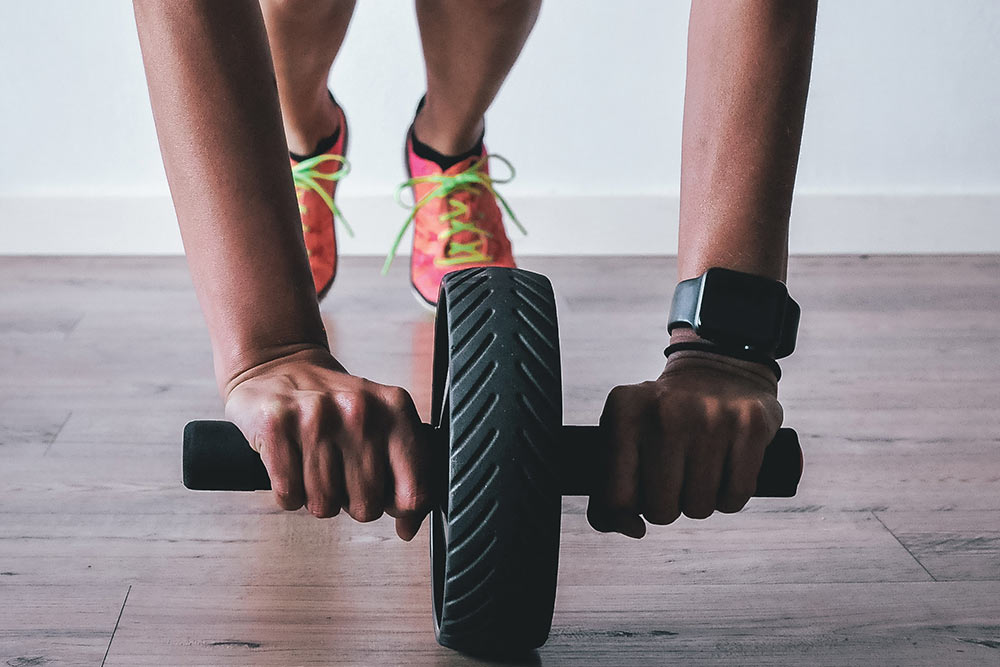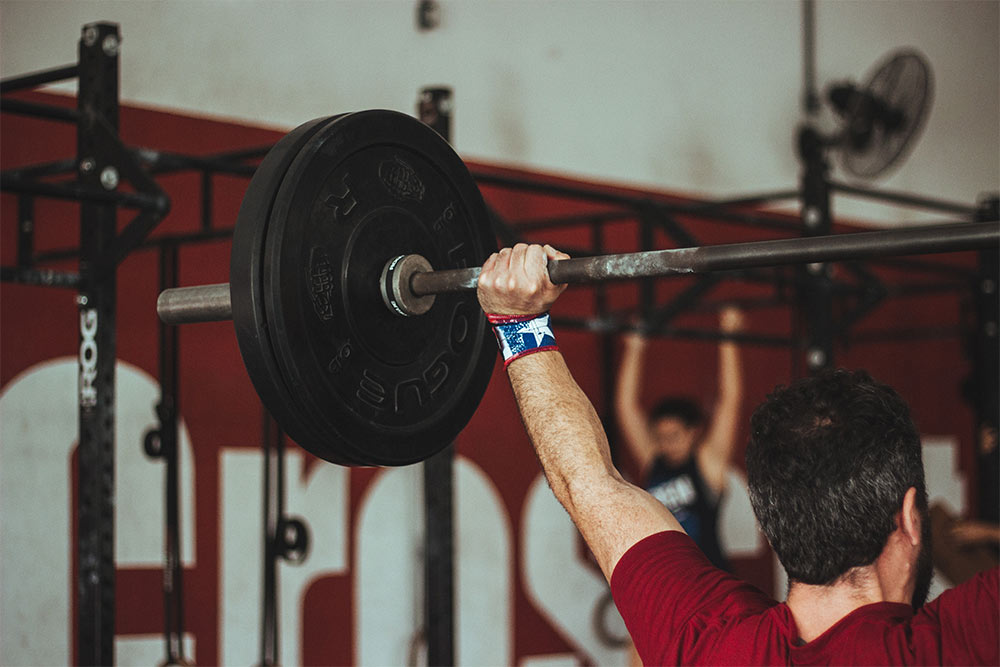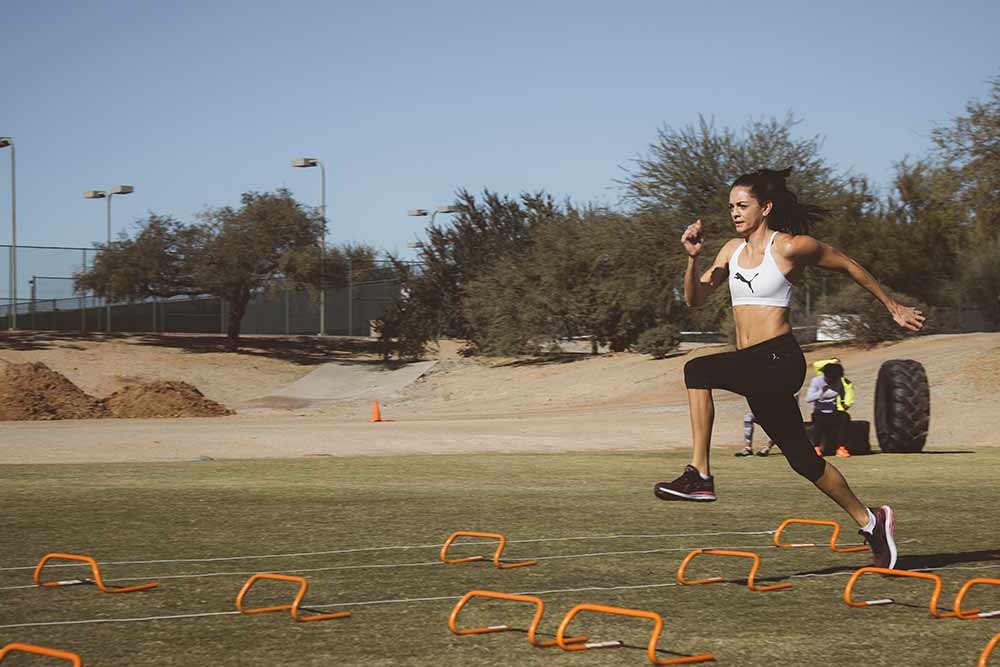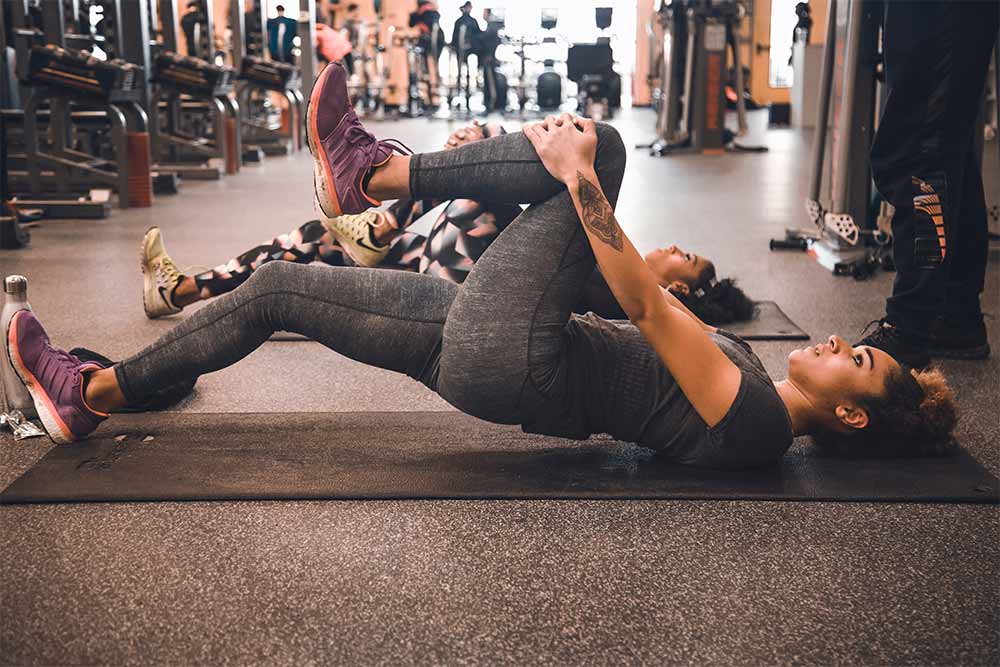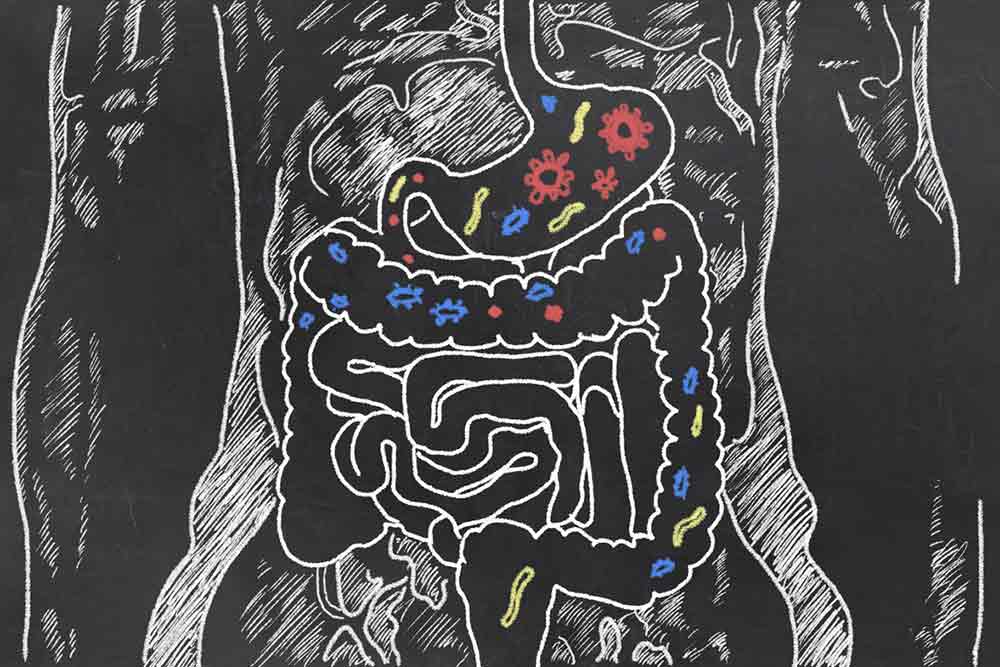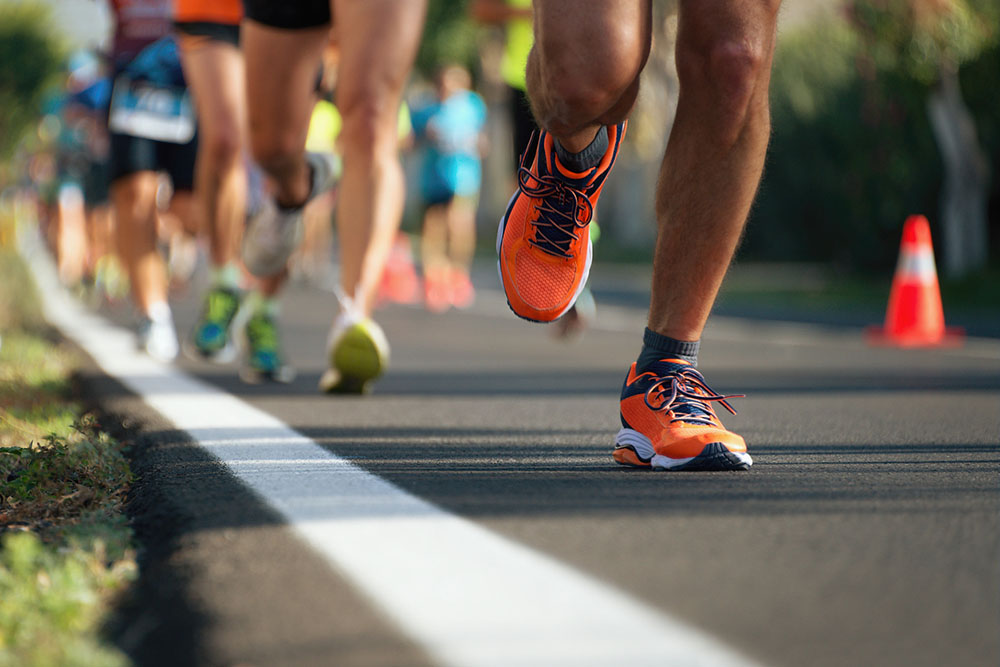Concurrent Training & Its Effect on Muscle & Strength Gains

Alyssa Bialowas
Concurrent training is the combination of cardiovascular and resistance training workouts in the same training session and has become quite popular in the training world. Many workout fanatics combine concurrent strength training and HIIT as an effective way to lose weight – it’s more challenging, uses more energy and you’ll burn lots of calories. While concurrent training has been found to have many positive health benefits such as fat loss, a boost in metabolism and glycogen depletion, it has also been criticized for interfering with strength and muscle size.
Study after study has uncovered that concurrent endurance and resistance training leads to a reduction in muscular strength, compared to resistance training on its own. Research has also shed light on the possibility that concurrent interference could occur with different muscle groups exercised in strength versus endurance training (Dolezal and Potteiger). So, what’s the scoop? Do concurrent training effect muscle hypertrophy and strength gain?
The Study
Moderate intensity exercise immediately after upper body resistance training does not interfere with strength gains but does interfere with muscle hypertrophy. A study conducted by Tomiya, Kikuchi, and Nakazato (2017) examined how muscle hypertrophy and strength gain are affected by 30 minutes of moderate intensity cycling exercise after upper-body resistance training using an arm-curl machine.
Related Article: Do Masters Athletes Need Specific Nutrition?
Fourteen Japanese men were randomly assigned to one of two groups. The first group (concurrent training group) performed moderate intensity cycling training immediately after arm resistance training. The second group (control group) performed the same endurance and arm resistance training on separate days.
The Results
The resistance training program was performed for 8 weeks, twice per week. The investigators measured muscle cross-sectional area (elbow flexion), 75% one repetition maximum (with the arm curl machine) and VO2max (maximum amount of oxygen an individual can utilize during intense exercise) pre- and post-training.
Related Article: Fat, Carbs, Protein and Recovery. Is There A Silver Bullet?
They found no significant differences between the two groups and no interaction effect was observed for any of the parameters. Significant increases in muscle cross-section area from pre- to post-training were found in both groups, and there was no significant change in VO2max and body weight from pre- to post-training in either group. A higher percent (12.2%) change of muscle cross-sectional area was found in the control group compared to the concurrent training group. There is a high likelihood that aerobic leg cycling training after arm resistant training interferes with muscle hypertrophy induced by arm resistance training.
Takeaway
The study would benefit from using a larger sample size of participants that also includes women to collect more significant data and determine whether the results are consistent with a larger population. Further research could also include a strength training only group to compare the difference between those who do and don’t strength train and the effect it has on muscle hypertrophy and strength gain.
You Might Like:

